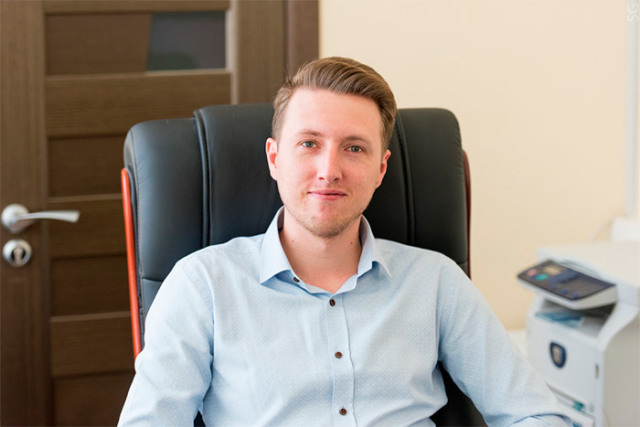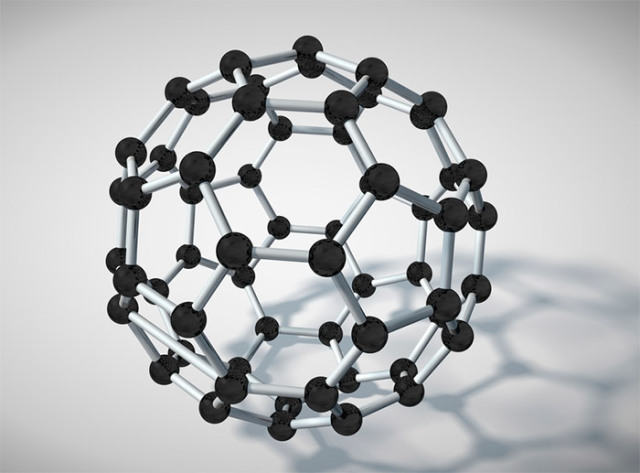For the first time, Russian scientists have synthesized a super-rigid material based on carbon nanostructures with scandium. The resulting material consisted of interconnected fullerene molecules with scandium and carbon atoms inside.
The results of the study can form the basis of methods for obtaining new superhard materials, which in the future may find application in photovoltaics and optical devices, nanoelectronics, biomedicine and other fields.
The discovery of fullerenes, compounds consisting only of carbon atoms and representing polyhedra with five- and hexagonal faces like a football, almost forty years ago became one of the most important scientific achievements of the last century. One of the unique properties of these molecules is the ability to enclose atoms and molecules of other substances inside their carbon framework.
Of particular interest to researchers are the so-called endohedral fullerenes (fullerenes, inside which metal molecules are placed) and their polymers. Polymers of endohedral fullerenes can be used, including in solar panels and ultra-rigid materials.
Scientists of NUST MISIS, the Technological Institute of Superhard and New Carbon Materials, IF SB RAS, etc. for the first time managed to obtain endohedral fullerenes with a scandium "filler" in sufficient quantities and to investigate the process of their polymerization.
After fullerenes with scandium were obtained from carbon condensate using a high-frequency arc, they were placed in cells with diamond anvils - devices that allow experiments with precisely specified pressure and temperature parameters in which polymerization took place. This process can be simply described as the formation of strong chemical bonds between individual molecules of a compound under pressure.
The authors note that the results of the study allow us to consider endohedral fullerenes not only as nanostructures of fundamental interest, but also as a promising material that may be in demand in various fields of science and industries in the future.
The study was published in the journal Carbon.


